Are you ready to explore
this centenary Park?
Are you ready to explore
this centenary Park?
Welcome to Viña Santa Rita's Park
Seeking to elevate Chile's great endemic diversity, Santa Rita presents Casa Real, its icon wine and the ultra premium range of wines, each with something to tell about the history of this century-old park.

Scroll and discover
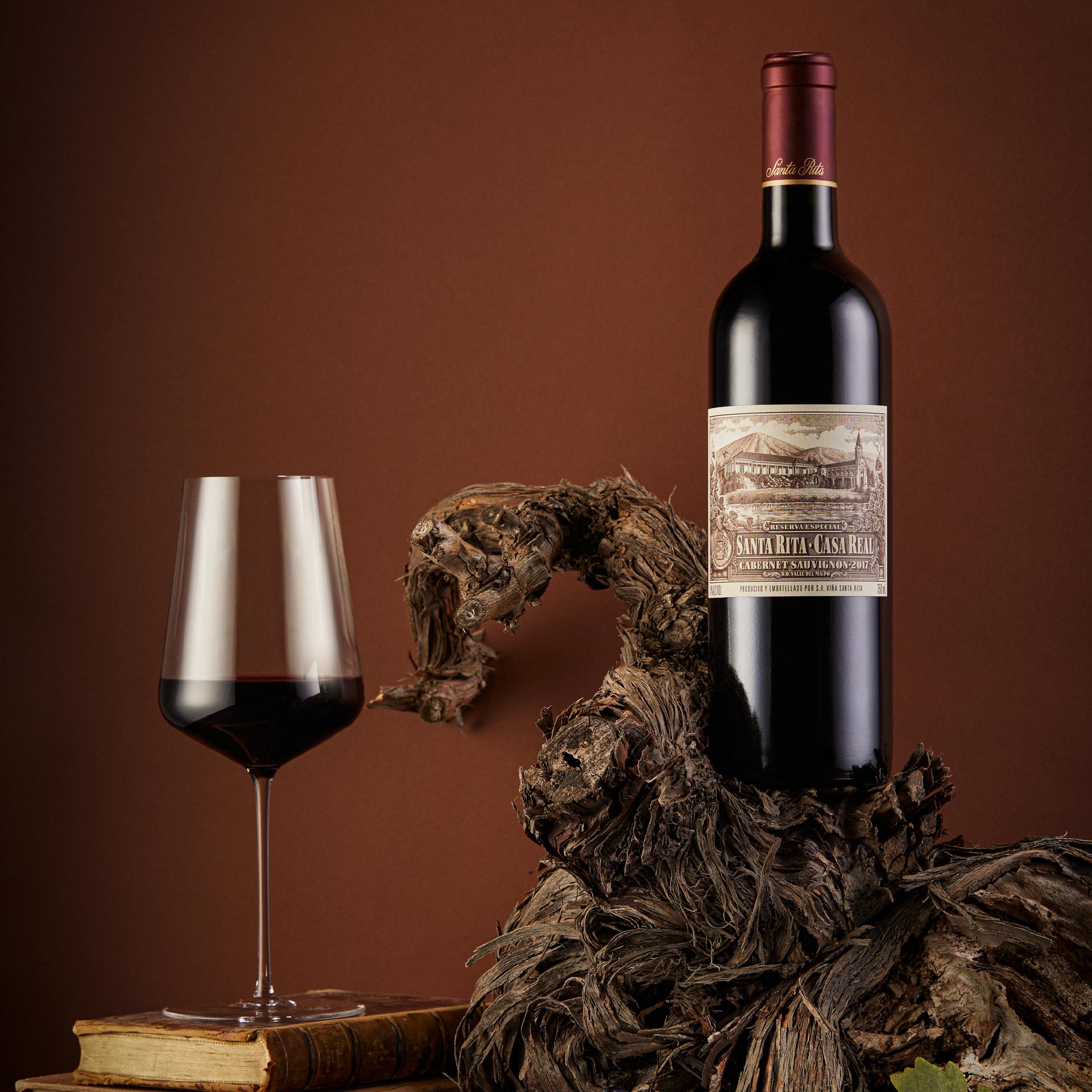
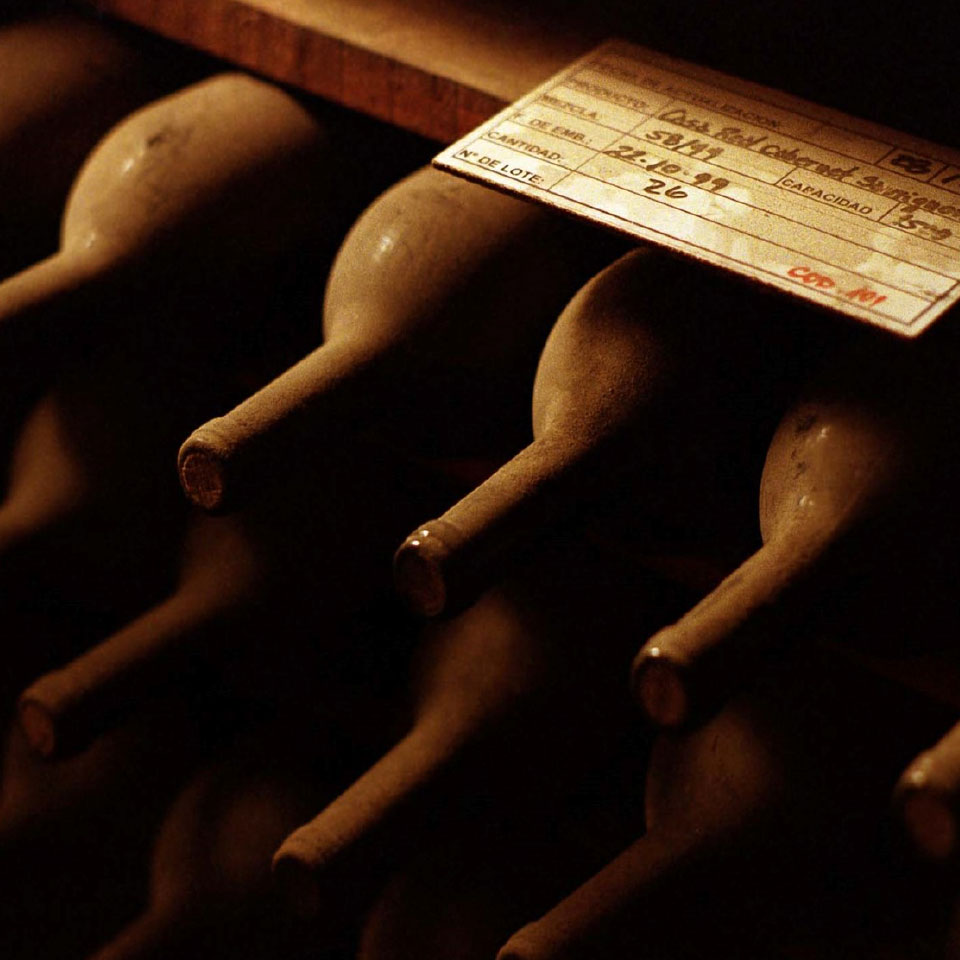
In 1985, Santa Rita sought to create the best wine possible, using grapes from the vineyards of Alto Jahuel, Maipo Alto, a wine that could stand shoulder to shoulder with the best vintages from around the world. Four years later, Santa Rita’s icon wine was born: Casa Real Reserva Especial. This wine’s label is connected to the historical heritage of the winery. It shows an engraving of the old manor house of its founder, Domingo Fernández Concha, which is now the boutique Hotel Casa Real. This emblematic building has endured through 140 years of history.
In 2013, Casa Real Reserva Especial received one of the most important accolades in the world: the prestigious British magazine, Decanter, named it as one of its Wine Legends for its 1989 vintage, the first South American wine to achieve such recognition. Then, in 2021, Casa Real announced its inclusion in the prestigious Place de Bordeaux, the world’s most exclusive distribution network for fine wine.
Casa Real Reserva Especial’s origins lie in the old plot of Carneros Viejos, which was planted in the 1970s using a masal selection of Cabernet Sauvignon. The best vines have been selected for decades through vineyard and wine analysis, always searching for balance and lower yields to safeguard its essence. The vineyard has been divided into different small blocks over time, each of which holds the unique characteristics that are essential in creating the final blend.
Alto Jahuel is located at the foothills of the Andes Mountains, sitting 565 meters above sea level and 30 kilometers to the south of Chile’s capital, Santiago. The vineyards are located upon Quaternary alluvial deposits and the first vines were planted here in the mid-1600s. Since the beginning, Cabernet Sauvignon has been the main variety planted in this area.
The Mediterranean climate of Alto Jahuel is characterized by its long dry season. Rainfall is mainly concentrated in the winter months with an average annual precipitation of 380 mm. Spring is cool and dry, while the summers are hot with temperatures reaching above 30ºC. The influence of the Andes Mountains creates dramatic thermal oscillation between day and night. Temperatures start to lower at the end of summer and the beginning of autumn, which allows the grapes to mature gradually with a good concentration of fruit and the correct level of tannins.
The soils of the Carneros Viejos block are composed of old alluvial deposits of the Maipo River. These soils are fine-grained in the upper layer with coarse-grained alluvial deposits in the subsoil; rounded stones and gravels that are mixed in a sandy matrix.
This ensures great drainage, although the amount of clay in the subsoil also plays an important role in water retention and the unique character of Casa Real Reserva Especial.
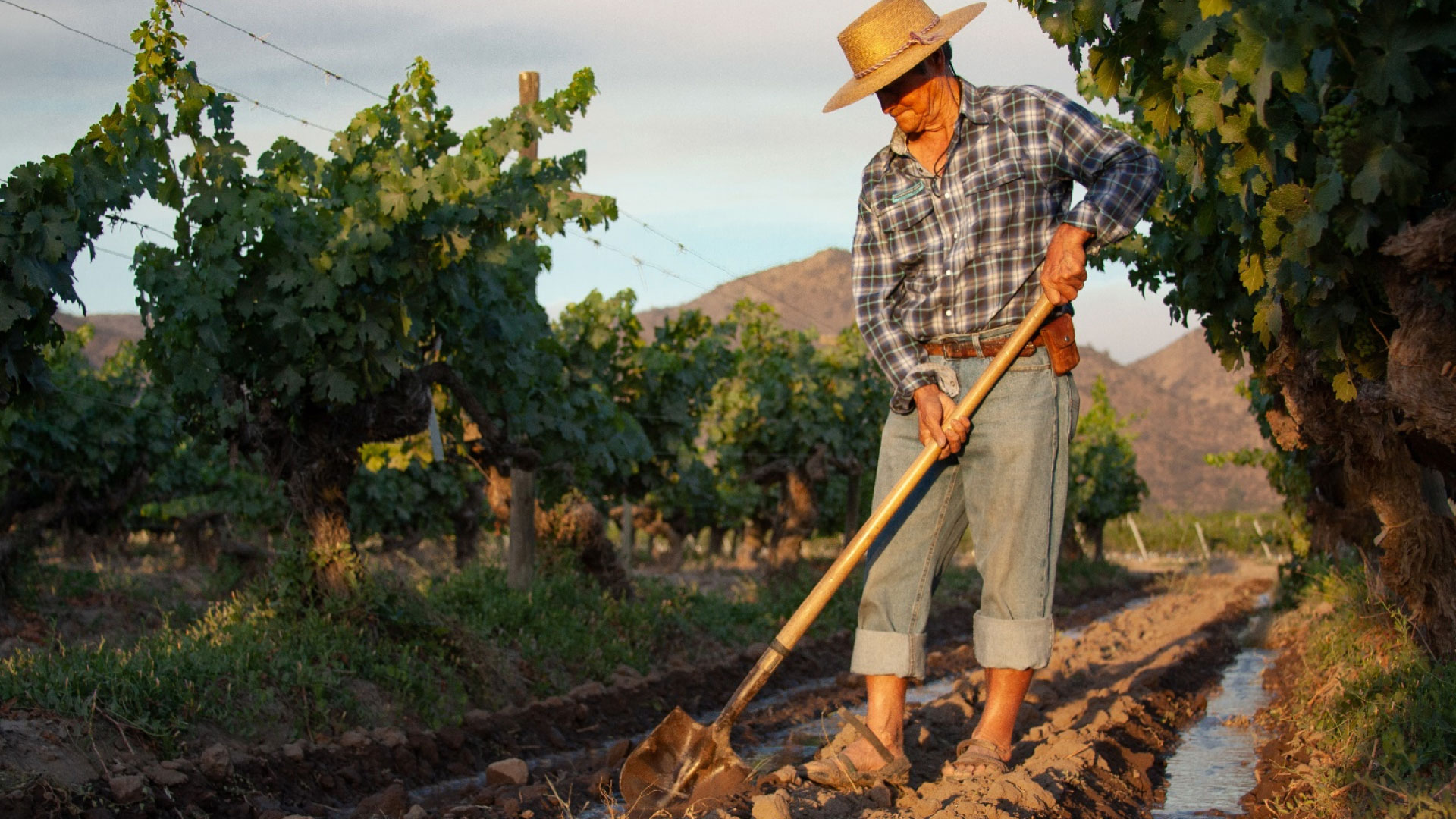
Casa Real Reserva Especial is made only in exceptional harvest years. It is a wine of great concentration and elegance. Its aromas are dominated by cassis, cherry and graphite, the sweet mid-palate reflects its origin with silky, firm tannins that are gently held in the mouth for a long, lingering finish.

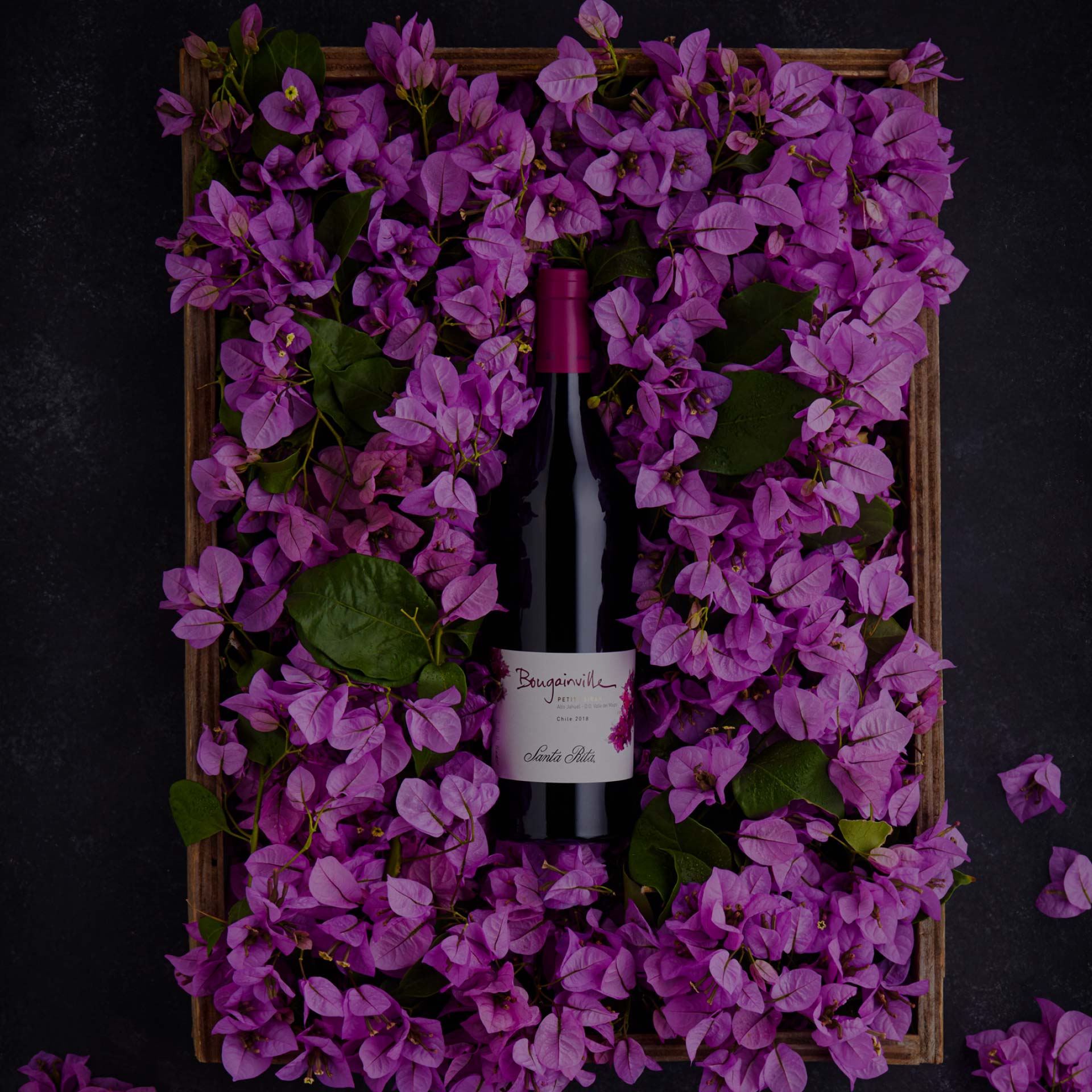
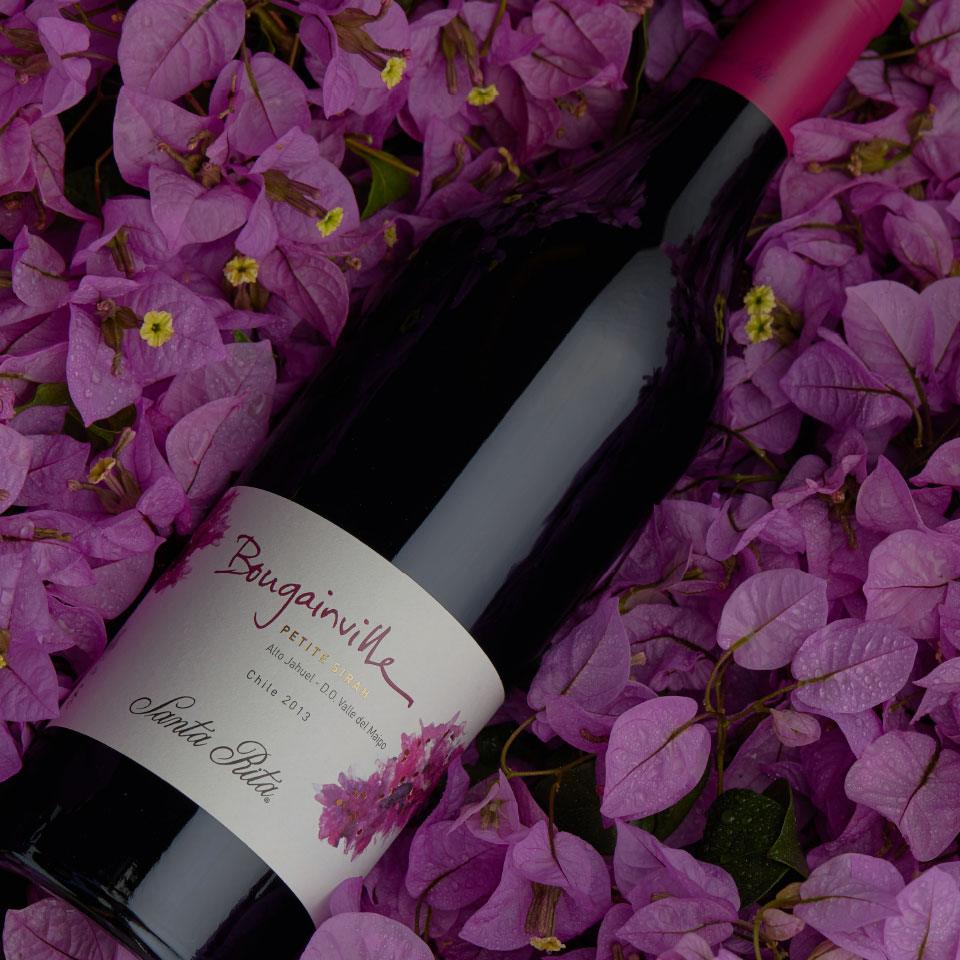
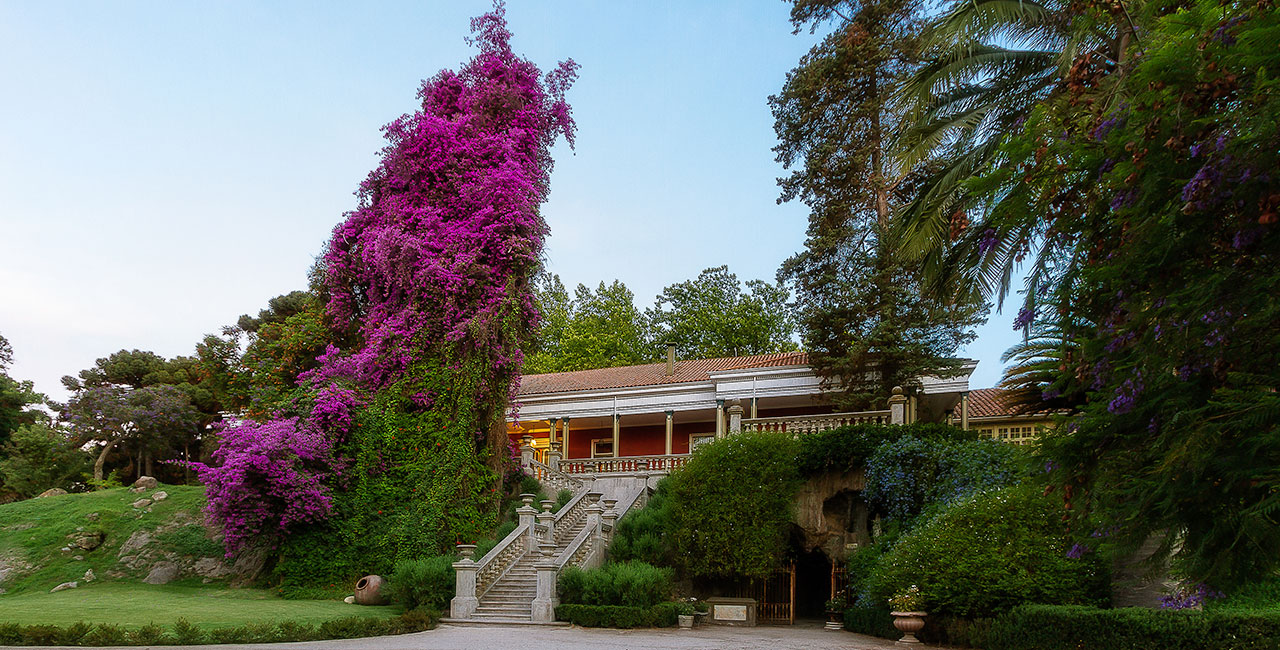
In 1991, due to a shortage of Syrah, Viña Santa Rita imported the little-known Petite Sirah from the United States. Upon arrival in Chile, this variety was grafted onto old pergola vines to respect the quarantine process when introducing new grapes to the country. But even when it could be replanted in other valleys, the original vines always gave the best results.
This is how this innovative oenological project was born. The label is inspired by the extraordinary bougainvillea which currently grows at the front of the staircase in the Hotel Casa Real, which blooms every year in summer, all dressed up in mauve.
The prestigious wine guide Descorchados, written by wine journalist Patricio Tapia, awarded 92 points to the 2017 vintage, highlighting how the warmth of the Central Valley this season was reflected in its fruity, jammy and spicy notes. Its power in the mouth, powerful tannins and the scent of spice and coffee. "An old-school style, the kind that was made in Chile a decade ago."
The Petite Sirah vineyard covers just two hectares and is made up of vines that were grafted onto a pergola more than three decades ago.
Alto Jahuel is located at the foothills of the Andes Mountains, sitting 565 metres above sea level and 30 kilometres to the south of Chile’s capital, Santiago. The vineyards are located upon Quaternary alluvial deposits and the first vines were planted here in the mid-1600s.
The Mediterranean climate of Alto Jahuel is characterized by its long dry season. Rainfall is mainly concentrated in the winter months with an average annual precipitation of 380 mm. Spring is cool and dry, while the summers are hot with temperatures reaching above 30ºC. The influence of the Andes Mountains creates dramatic thermal oscillation between day and night. Temperatures start to lower at the end of summer and the beginning of autumn, which allows the grapes to mature gradually with a good concentration of fruit and the correct level of tannins.
The loam soil has a layer of clay that retains humidity and other stones which facilitate drainage, meaning that the vineyard does not heavily depend on external irrigation.
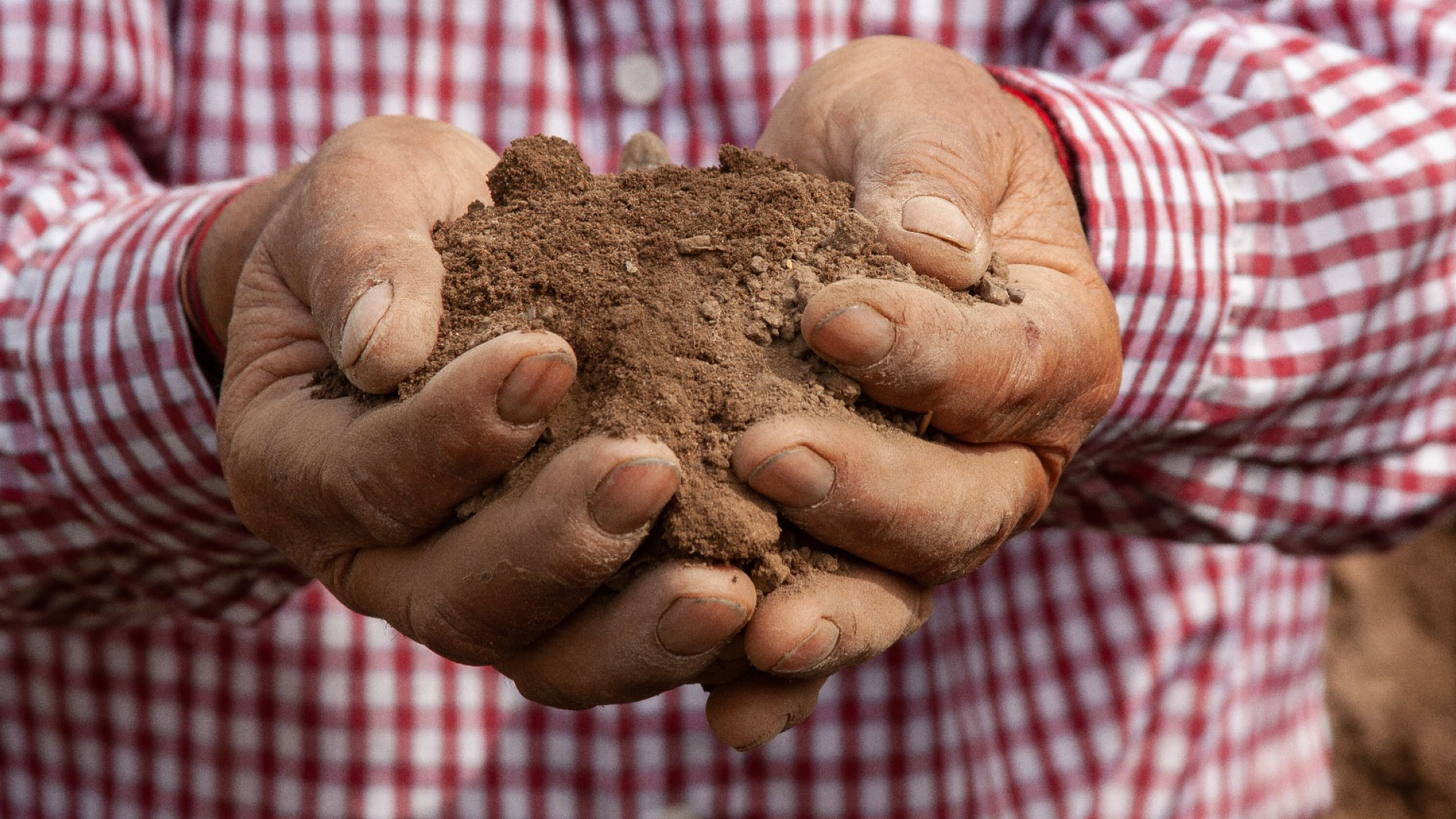
On the nose, it’s a wine that shows great elegance, with lively aromas of black fruit balanced with sweet spices, as well as nuances of earth and smoke mixed with balsamic notes that are typical of Maipo. In the mouth, its lovely initial sweetness gives way to a juicy acidity. Its long finish has smokey notes of chocolate and spices.
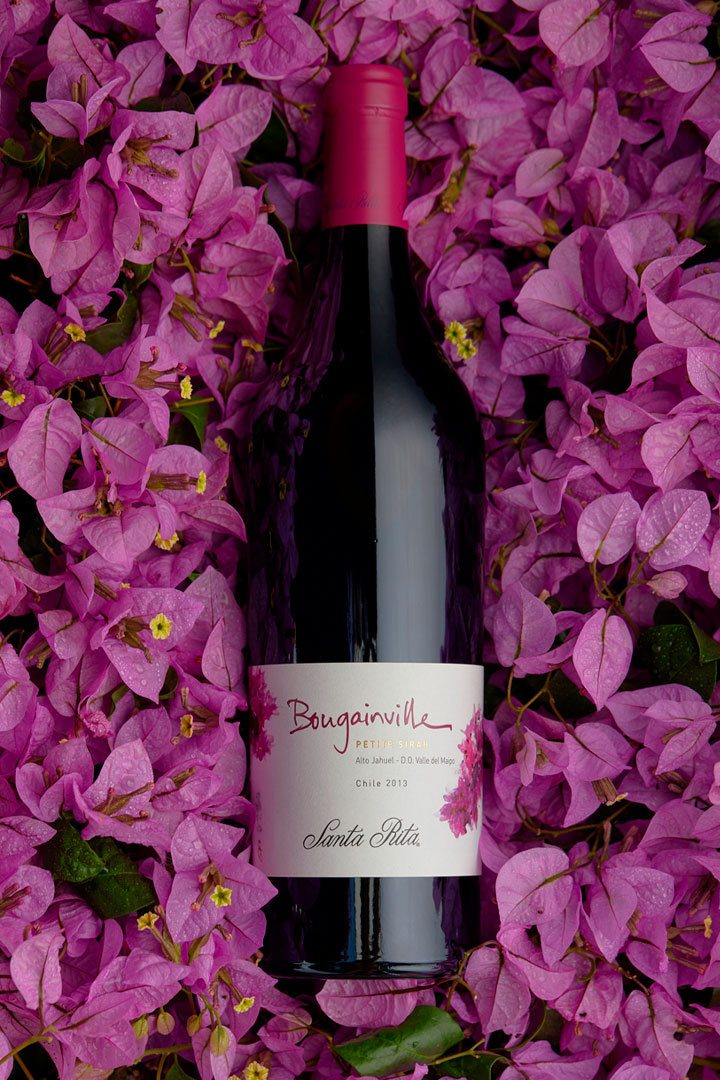
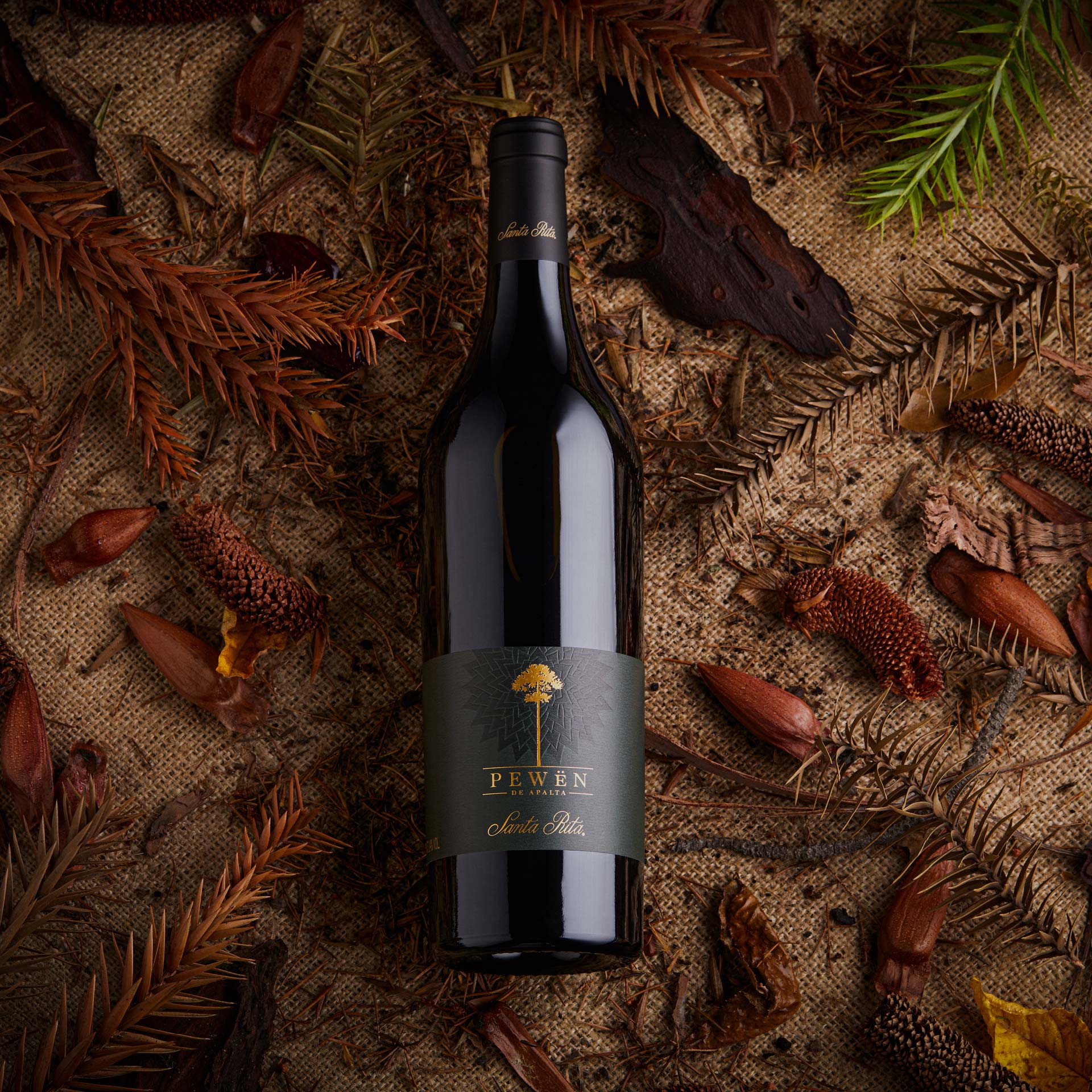
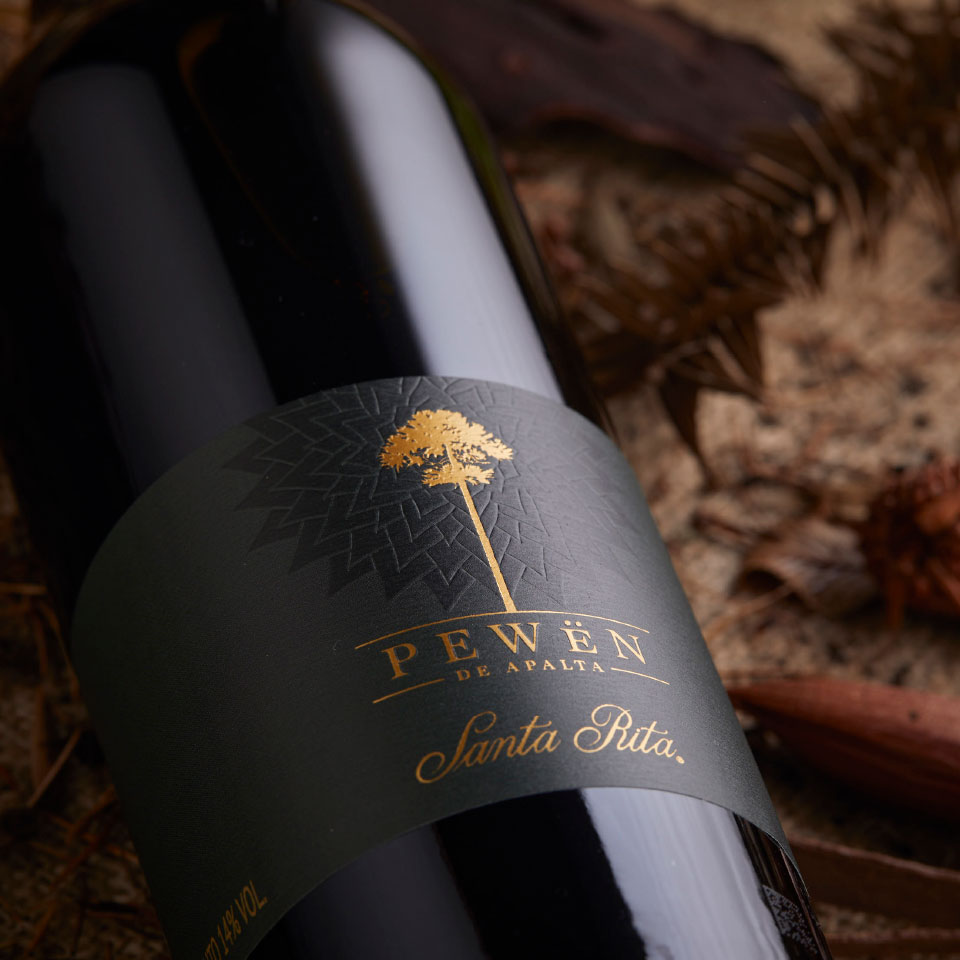
Pewën de Apalta is our best Carménère. Created from a small plot of unirrigated vines planted in 1938, this wine reflects all the potential of the variety. This grape was rediscovered in Chile in 1994, having been thought extinct for two centuries. Coming from the small terroir of Apalta, the place of origin of the best examples of this variety in Chile. Today, it finds its inspiration in the araucaria, a native and sacred tree of Chile which is present in Santa Rita’s centennial park.
Descorchados positioned Pewën de Apalta amongst the Best Carménères in Chile, awarding 97 points to its 2018 vintage. Furthermore, it recognized this wine as “The Best of Apalta”.
The vineyard was planted in 1938 and is located at the bottom of a gentle south-facing slope, which gives it less exposure and denser vegetation.
Located in a premium winegrowing region, the Apalta Valley is in the middle of the Colchagua Valley, 190 km to the south of Santiago. Santa Rita is the largest producer of wines from Apalta, while the Colchagua Valley is the main terroir of the country for world-class Carménère.
Here, the thermal condition is sub-humid, with an average temperature of 14.7ºC (58ºF) and an average rainfall of 684 mm. The most important climatic factor in Apalta is the thermal oscillation that can surpass 20 ºC. Frosts rarely occur. A highlight is the high thermal oscillation and cool breeze that comes in from the coast through the Tinguiririca River.
The soils in Apalta can be divided into three categories: the high, mid, and low zones. The high and mid zones contain granite sediment deposited at the base of the hillsides with loamy-sandy-clayey soil, while the mid zone is just sandy.
The lower zone is characterized for its alluvial deposits with textures of loam and clay.
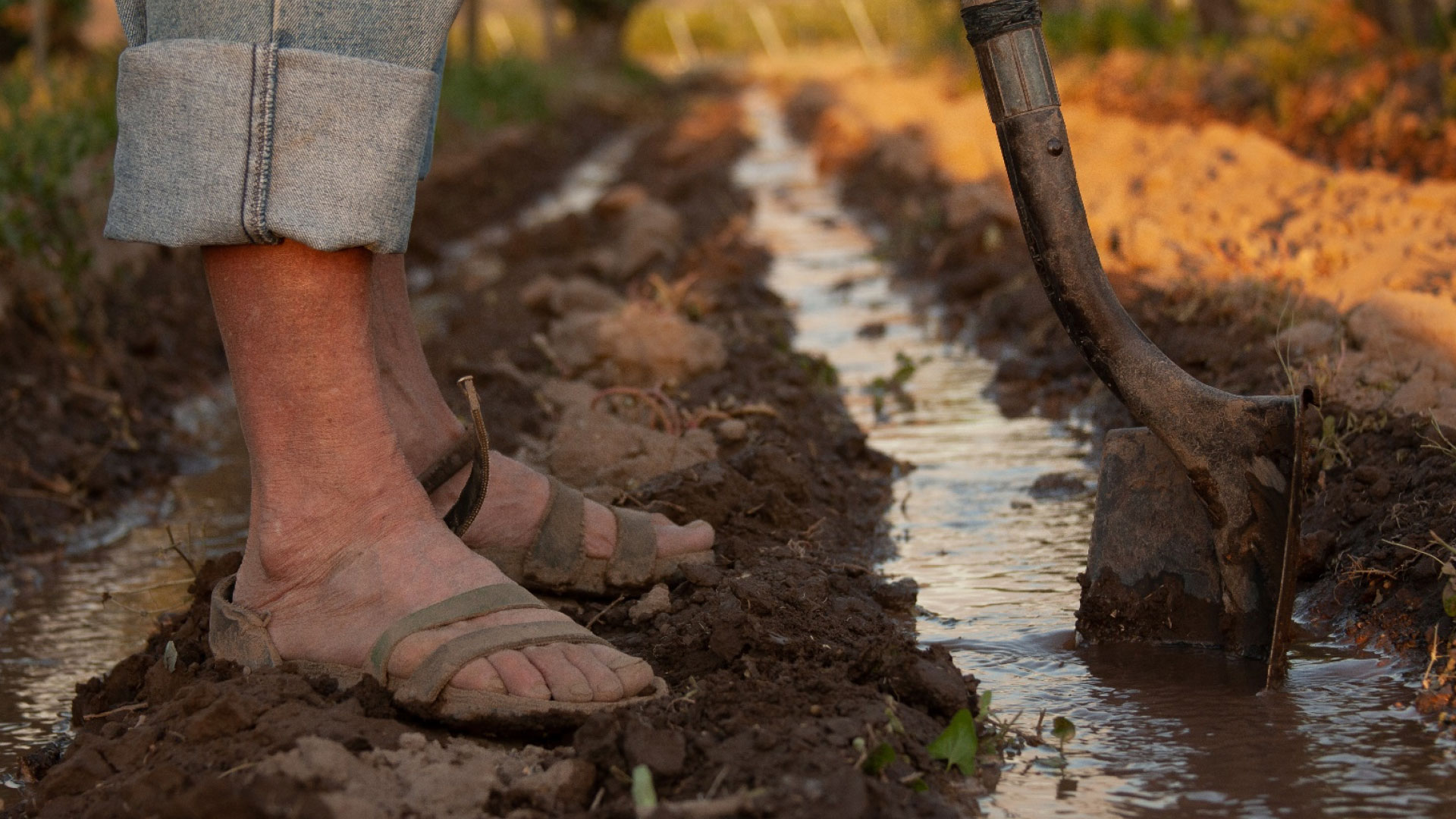
A wine of an intense, deep ruby red color. A complex bouquet that blends fresh red and black fruits, with spiced notes typical of the variety, elegantly combined with the characters delivered by the oak. On the palate, it is concentrated with a freshness that comes from its acidity and characteristics of the variety associated with its structure; deep, flavorful, persistent, and with a great potential for maturation.
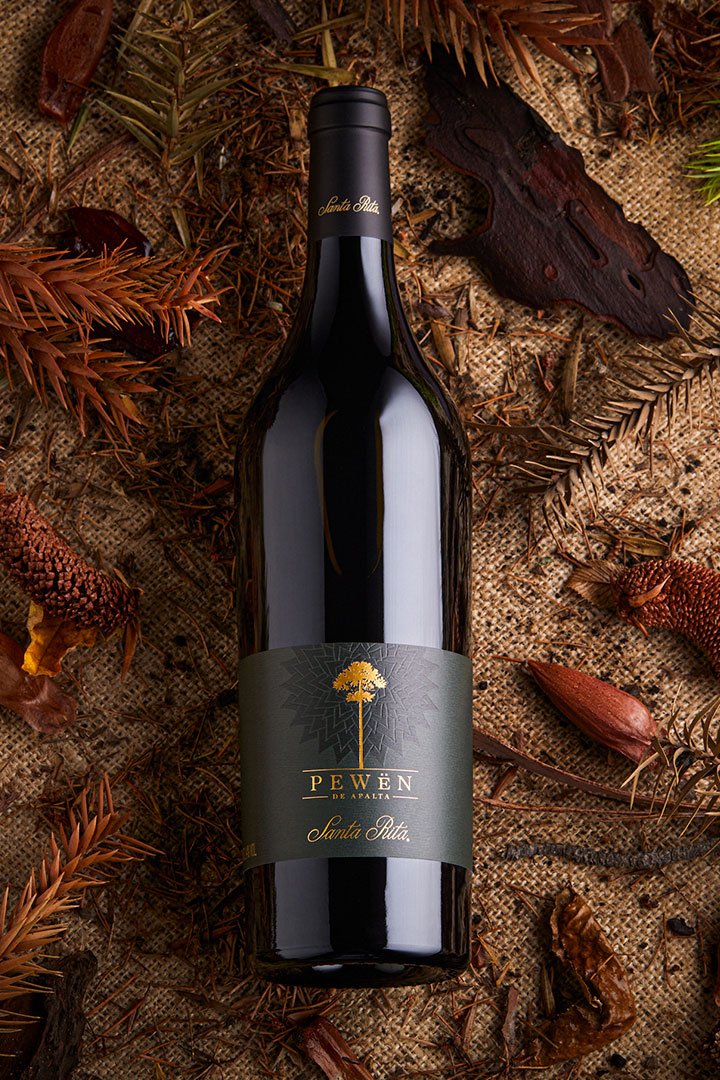


Made from Cabernet Franc, a noble variety highly recognized across the world, added to the elegant Cabernet Sauvignon, one of Chile’s most emblematic varieties, coming from the renowned Maipo Alto. It also has a local touch by adding a percentage of Carménère to the blend, which brings freshness and spices to an already powerful and structured wine. Its label is inspired by “The Spring”, part of the sculptures which make up the Four Seasons of the French foundry Val d’Osne located inside of the centenary park.
In 2019, Triple C was recognized as one of the 100 best wines in the world by Wine Enthusiast magazine in its “Top 100 Cellar Selection” list, which highlighted the main wines for ageing available on the market.
The Cabernet Franc, located in Alto Jahuel, has been planted in colluvial, loamy-sandy-clay soil, from 0,8-1,0 m of depth, with a gravel subsoil that provides excellent drainage.
The Cabernet Sauvignon comes from Alto Jahuel. Its management is very similar, however, its yield is less than 5.500 kg/ha, and the hydric pressure is greater to achieve a good maturation.
The Carménère comes from 80 year-old vines situated on the southern hillside of the Apalta Valley. Located in a premium winegrowing region, Apalta Valley is in the middle of the Colchagua Valley, 190km to the south of Santiago.
Santa Rita is the largest producer of wine in the Apalta area, while Colchagua is the main terroir in the country for world-class Carménère.
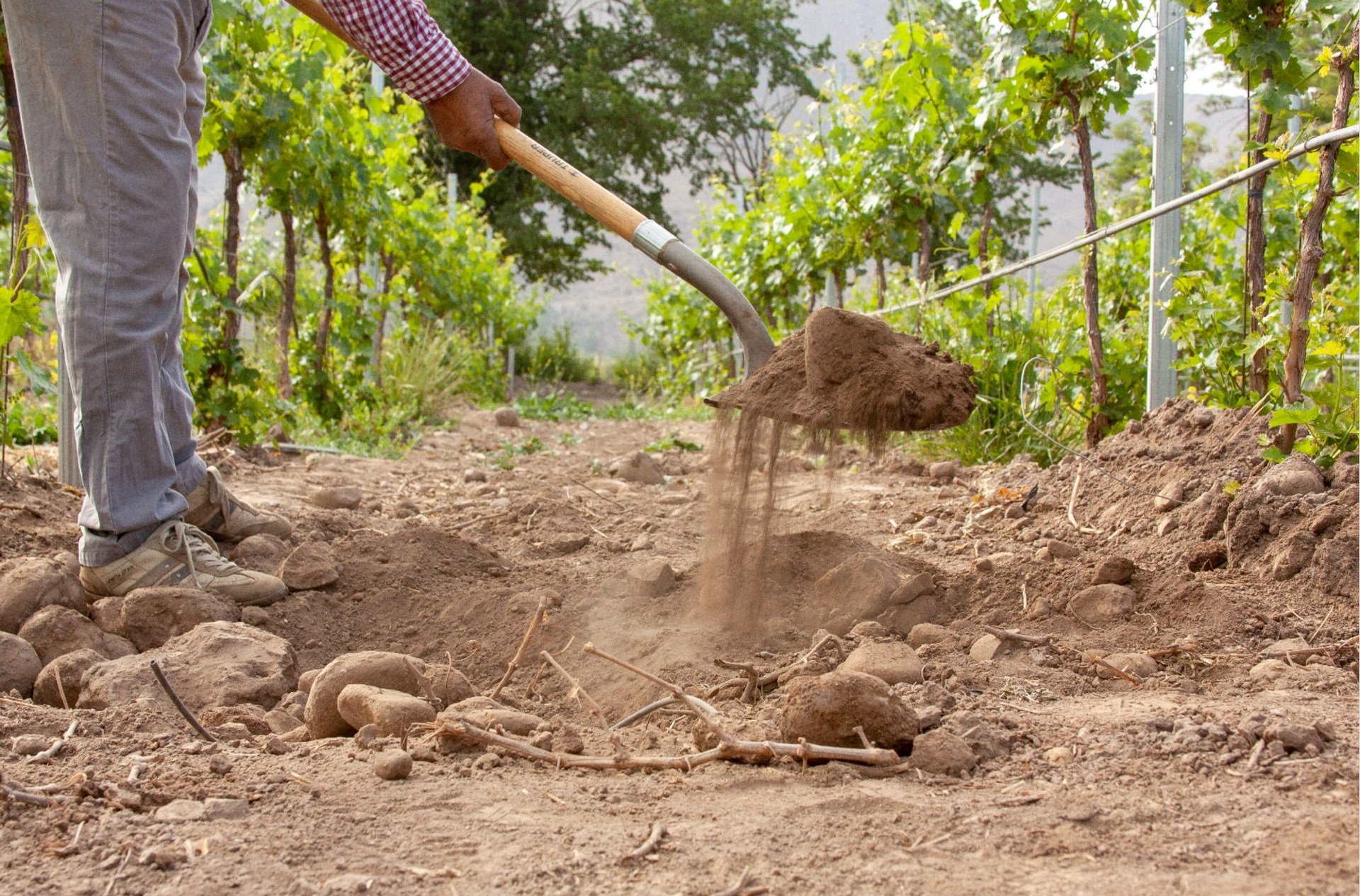
This wine stands out for its intense ruby red color. On the nose it is delicate with intense aromas of black cherry, dark chocolate and liquorice. The tannins are firm and intense with a great complexity tasted across the palate. Concentrated, elegant and well balanced, with a good structure and enough depth to age well over the coming years.

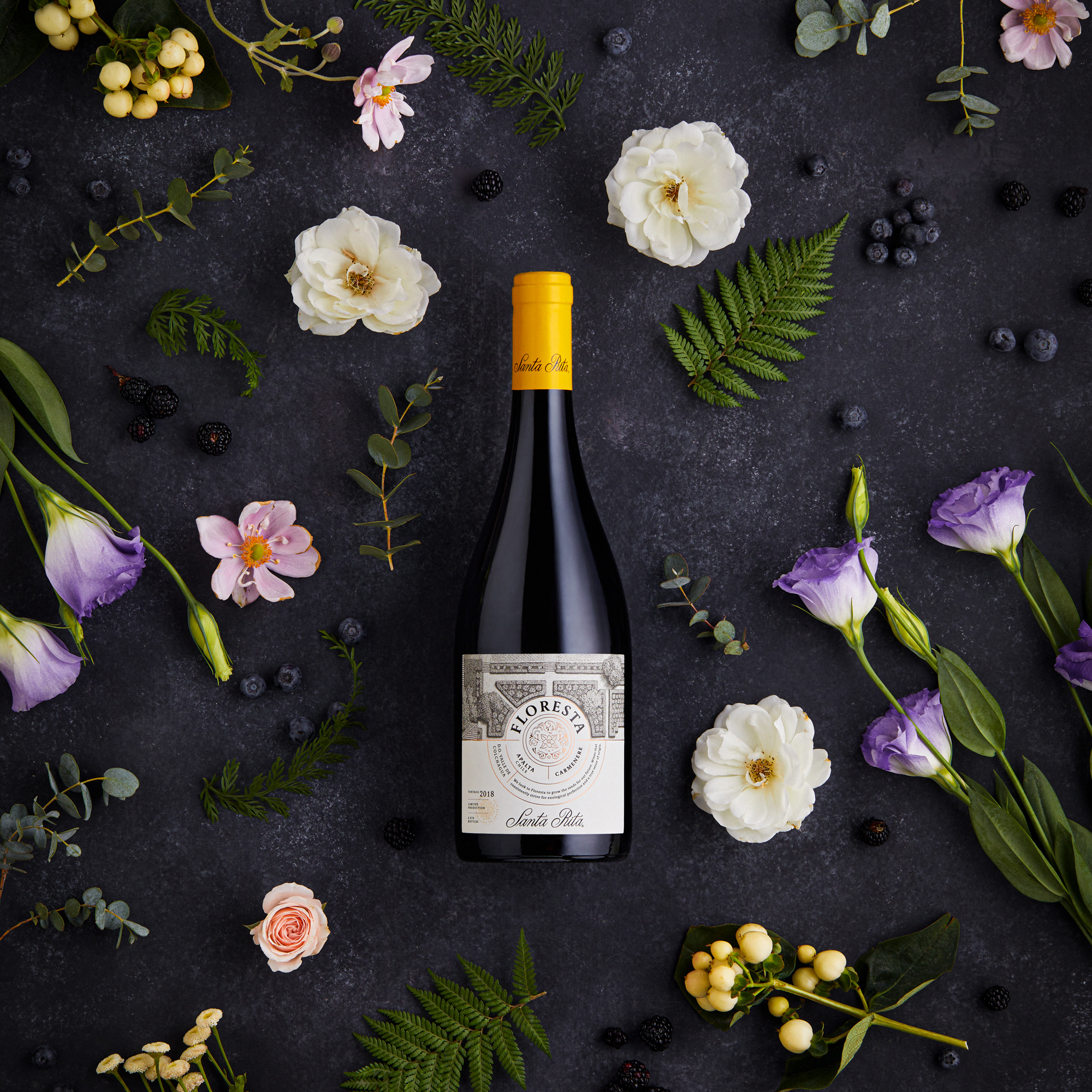
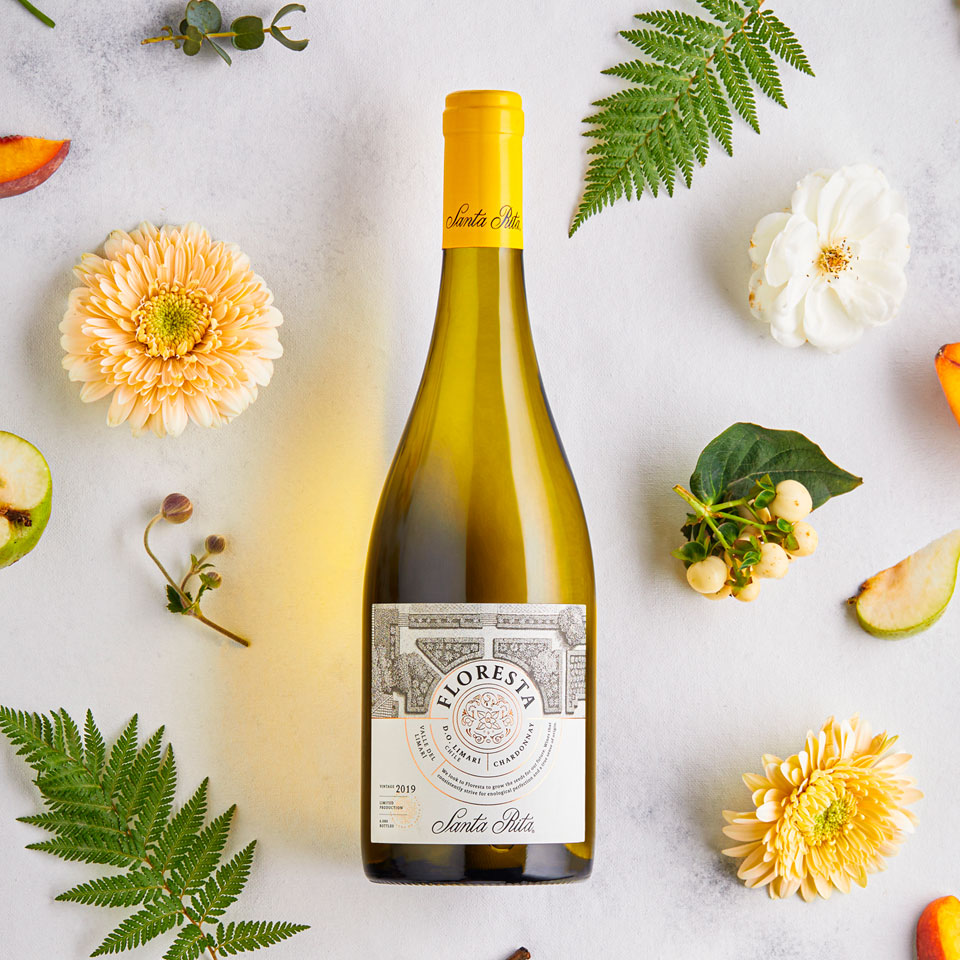
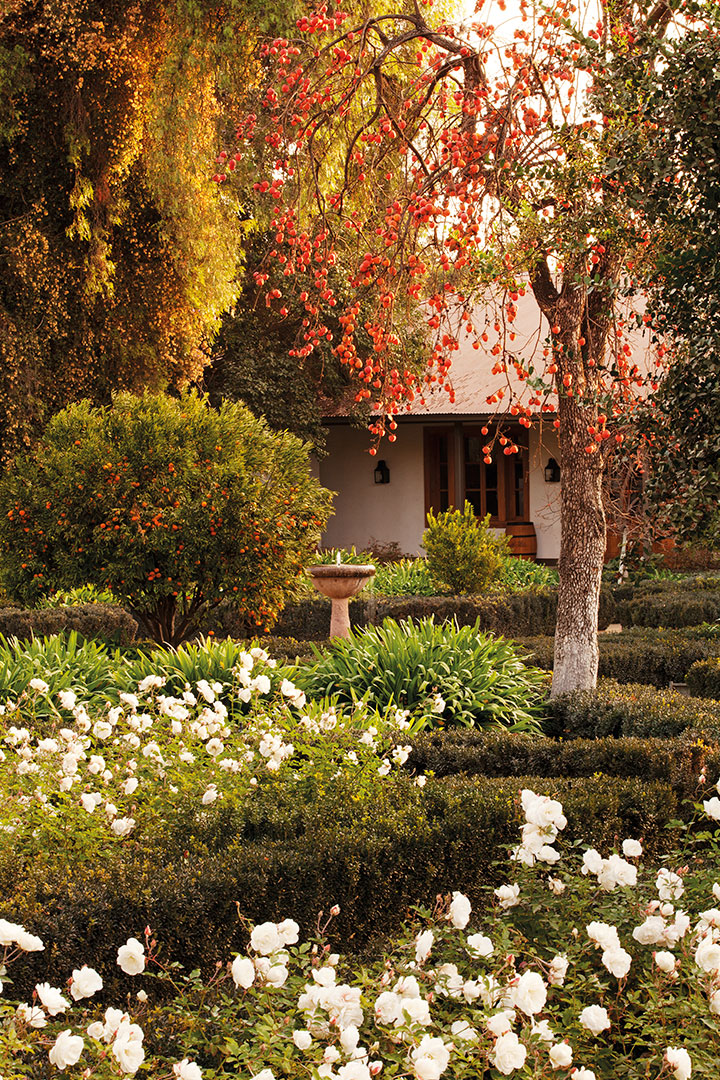
This line of wines is the true reflection of honest work based on origin, noted for its winemaking innovation. In keeping with this, its portfolio is made up of the following varieties, each one a unique expression of their origin: Cabernet Franc, Cabernet Sauvignon, Carménère, Chardonnay and Field Blend Blanco. Its source of inspiration: the labyrinth in Doña Paula’s garden, made up of boxwood, one hundred year-old trees and a variety of flowers.
The grapes from this wine are grown in a very old, unique plot of Carménère vines in the heart of Apalta, Colchagua Valley. The soil in the foothills has a moderate depth and good permeability. The cracks in the granite allow the roots to grow deeply and the vines to develop a unique balance, controlled vigor and to produce grapes that express all of this traditional, dry-farmed vineyard.
This wine comes from a plot of Cabernet Sauvignon vines planted in the hillside of the Alto Jahuel vineyards in the Maipo Valley. The soil is of a colluvial origin with a high number of angular stones and a low concentration of clay, which regulates vegetative growth and gives an equal balance. Tasting Notes: A deep, ruby red wine, with aromas of red fruit: cherry and raspberry. Underneath, are notes of stone and graphite with well-integrated notes of wood, providing a broad and concentrated palate. Fresh, structured, and with a long, persistent finish.
This wine comes from the highest part of the vineyards in Pumanque, one of the zones nearest to Colchagua’s coast. The vineyard was planted in 2002. The sea breezes have an important effect on the cooling of the vineyards, achieving a slow maturation process at the end of the season. Tasting Notes: An intense, ruby red wine, with a delicate aromatic intensity and notes of red fruit, spices and dried herbs. Underneath, there are notes of wood, gently providing layers of cedar and rainforest.
This wine comes from the typical soils of the second terrace of the Limarí Valley and consists of alluvial deposits with a first layer of clay texture and a second of clay loam with stones. The grapes are harvested by hand and brought to the cellars overnight, this assures a natural drop in temperatures for the process, between 10-12ºC. Tasting Notes: A bright yellow wine. On the nose it’s an elegant wine, austere and dry, dominated by white fruits, flowers, white peach and pear, with a touch of stony minerality.
A blend of white grapes which grow mixed in the same Apalta terroir: Semillón, Sauvignon Vert, Moscatel, Torontel and Corinto. In the past, these grapes were eaten fresh as table grapes. Today, they are crafted with minimal intervention and as if they were red grapes, fermented with their skins, honoring the oldest way of winemaking in Chile. Tasting Notes: A wine with a bright, intense yellow color. The vinification of this wine gives it a tremendous aromatic intensity, firm palate, good structure and excellent acidity.